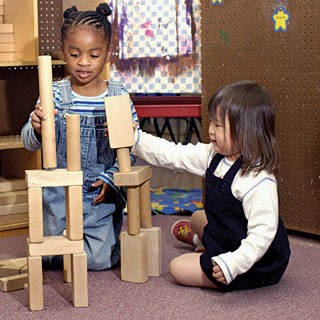As the New Year approaches, it’s time to look ahead to the timeline for Early Achievers.
This is a little review of what we talked about when you first became an Early Achiever.
Each of you has 1 year from the time you joined Early Achievers to complete the basic Level 2 steps. These are what we called the “10,000 Foot Level” steps. This does not make you a “Level 2”, rating comes later…
Beginning in July for some of you, and a bit later for others, depending on when you joined, you will need to have completed the following steps:
Online Training http://www.wachildcaretraining.com/
¤ Washington State Early Learning Guidelines
¤ Washington State Core Competencies for Early Care and Education Professionals
¤ Introduction to the Environment Rating Scale (ERS) & Classroom Assessment Scoring System (CLASS)
In Person Training http://childcare.org/providers/training-schedule-ea.asp#EAT
¤ Introduction to Cultural Competence
¤ Strengthening Families
¤ School Readiness
MERIT Registration for all Staff
Self Assessment with ERS I’ll help you do this as we get closer to your one hear date
Quality Standards Checklist I’ll help you do this as we get closer to your one hear date
Level 2 Application I’ll help you do this as we get closer to your one hear date
Readiness Tool I’ll help you do this as we get closer to your one hear date
Most of you have completed the online and in-person trainings already and are working on making sure all staff records are updated in MERIT. As we move into 2013, I’ll work with you on the steps at the end of the list in preparation for the next phase.
As you all know, though, my work with you is more around preparing for your eventual rating! This is what we called the “Ground Level” work. For this, we are working on getting to know, and to practice with, the two assessment tools that the University of Washington will be using:
The Environmental Rating Scale (ERS)
The Classroom Assessment Scoring System
The other main area of work for us together is to assess the point system. Early Achievers rating is based on a 100 point scale. The ERS score is worth up to 15 points in the Early Achievers 100 points. The CLASS score is worth up to 40 points in the Early Achievers 100 point system. We will also look at the other 45 points of that 100 point scale to make sure you are on track with what they will be looking for. These points are found in the Early Achievers Companion to the Quality Standards. http://del.wa.gov/publications/elac-qris/docs/EA_facility_companion.pdf
Once you are assessed and your points have been calculated, you will then receive your rating. Once rated, you will have access to your coach and your improvement funding.
Looks like 2013 will be an exciting year!!! My calendar is open and I am ready to book site visits with you to move forward!!































